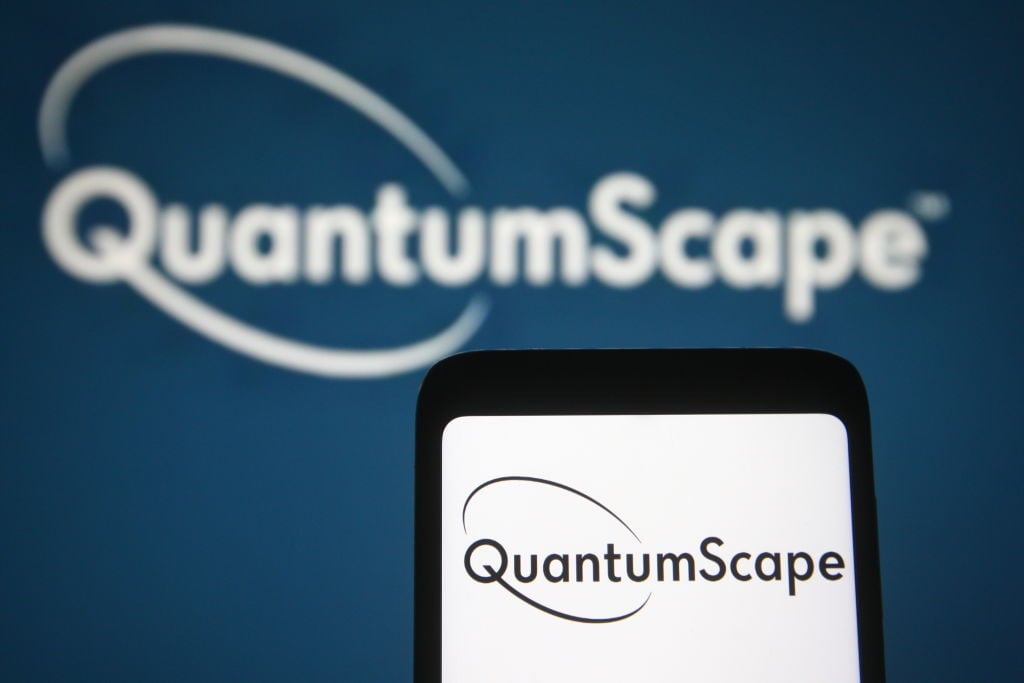Crowds of investors and media professionals gathered in New York this month for the 22nd annual Sohn Investment Conference. The conference, dedicated to the memory of Wall Street professional Ira Sohn, brings together some of the world's most renowned hedge fund managers who get to share their top investment ideas and raise money for pediatric cancer research.
I was privileged to grab a seat at the exclusive conference and hear the likes of Bill Ackman, David Einhorn, Keith Meister, Jeff Gundlach, and Debra Fine making their best pitch.
Here are three compelling ideas I heard -- along with my take on whether I think they can make you money.
Teletubbies? Really?
My favorite presentation was from Debra Fine of Fine Capital Partners, who thinks DHX Media (DHXM +0.59%), a Canadian company that owns children's media brands, including Peanuts, Strawberry Shortcake, Teletubbies, and Degrassi, is significantly undervalued.
Her thesis centered on three main points about children's content. First, kids' television shows don't age because they have few (if any) pop-culture references, kids love to rewatch the same shows over and over, and parents will probably select shows that they watched when they were kids. Children's shows are also much less expensive to produce than adult shows because they don't rely on highly paid actors or expensive locations. Finally, children's shows are easy to distribute with little to no dialogue, making the same show transferrable to many locations.
DHX has been buying intellectual property from notable brands at cheap prices, and Fine likes DHX's strategy of making a frugal acquisition, restructuring, and then licensing content to consumer-experience providers (Netflix (NFLX 2.89%), ABC Networks, Disney (DIS 0.27%) and more) at much higher prices. Fine thinks children's programming will become increasingly pivotal to content providers because kids account for 35% of all viewership. Subscribers with children also renew their subscriptions at much higher rates than those without. And beyond successfully increasing the cost per content, children's media can also add high-value merchandise that can capitalize on broadcast success. DHX also has potential growth catalysts in its nascent but popular YouTube channel, WildBrain.
My take: I can't remember the last time I was remotely excited about the Teletubbies, but Fine made a compelling case for why you should be. As the landscape for content distribution continues to evolve, an investment idea like DHX becomes more attractive because, regardless of how content is consumed, the demand for good stuff, particularly good children's stuff, seems undeniable.
Can Howard Hughes create an emerald city?
Bill Ackman of Pershing Square Capital Management was one of the conference's most anticipated speakers. He opened his pitch with a discussion of the 27th wealthiest man in the U.S., Donald Bren. (I know – no one in the room had heard of him either, at least by a show of hands.) Bren built his fortune by developing the Irvine Ranch master planned community (MPC). You can't invest with Bren, but Ackman bullishly suggested that you invest with Howard Hughes (HHC 0.88%), another larger MPC builder, of which which Ackman is chairman of the board.
MPCs have a few competitive advantages: Land appreciates fast, and its value tends to be more steady during market corrections; the builders take a more long-term approach than someone building a single neighborhood or office building; and amenities are carefully designed to make the communities highly desirable. On top of that, Howard Hughes has geographic diversity (across Hawaii, Las Vegas, Houston, Maryland, and New York) and a single-ownership structure that gives it an edge. Ackman thinks these qualities protect Howard Hughes from the cyclicality of real estate development.
Ackman pegs Howard Hughes' valuation at $122.12 per share, not including the Seaport District in New York, set to be completed in 2018; the Ward Village in Hawaii, which is undergoing a transformation from 1.3 million square feet of retail, industrial, and office space to 4,000 condos and more than 1 million square feet of retail; or the combined 37 million square feet of future development in existing communities.
My take: Ackman acknowledged the risks involved in MPCs, including the need to have substantial upfront capital, the significant risk and time required to obtain zoning and building permits, the pressure to build without regard to the market conditions, and the fact that most profit isn't realized until the last few lots are sold. But I'm wary of MPCs in general, and a pitch by Ackman -- who has a substantial amount to gain by persuading the Sohn conference attendees to buy into this idea – didn't persuade me.
Short-selling a "chameleon"
After sitting next to his very proud uncle in the morning, I was looking forward to hearing David Einhorn of Greenlight Capital share his idea. Yet his suggestion to short Core Laboratories (CLB +0.00%), built on the assumption that analysts are fundamentally misunderstanding the $5 billion company's business, caused some dissention in the conference ranks. He thinks Core is being given a "massive premium" relative to its oil-field-service peers because of its secular growth and industry-leading return on invested capital, but Einhorn said that logic was highly flawed.
About 70% of 2016 revenue came from reservoir description, which is an asset-light laboratory business in which other oil and gas companies hire Core to analyze reservoir rocks and fluids on their most complex reservoirs. The remaining revenue came from Core's product enhancement segment, which is a highly competitive, commodity-price-sensitive business in which Core sells products and services for well completion and production.
Einhorn said that because most of the business is asset-light, using ROIC is a flawed measure. He thinks Core's product suite during the downturn of 2009 left the business much more intact than its competitors but that Core has been less lucky as of late, struggling with the same challenges as its rivals in the most recent energy downturn. He called management's focus "chameleon-like," changing over the past 10 years to whatever's the newest energy fad rather than focusing on Core's main business. He also said management has wrongly predicted a V-like recovery in oil prices seven times since January 2015, has bought back shares at peak prices, and continues paying out more than the company has earned in the form of dividends funded through selling stock.
My take: Shorting a company is risky because you expose yourself to limited gains and unlimited losses. Shorting a company that has been a "Wall Street darling" seems even riskier, particularly because (even if Einhorn's thesis is correct), the stock price won't drop until Wall Street analysts admit that they're wrong. I'm hesitant to short Core based on Einhorn's recommendation, but my opinion of its management team has certainly been tarnished.





